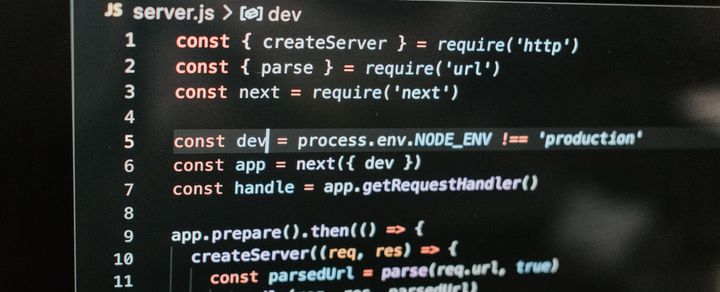Laravel Performance Optimization

Title: Unleashing Laravel: Performance Optimization with Code Examples
Laravel is a powerful and elegant PHP framework, but like any other web development framework, the performance can sometimes be improved with some tweaking and optimization. In this article, we'll delve into various strategies and code examples to enhance the performance of a Laravel application.
1. Configuration Caching
Laravel allows you to cache your configuration files, reducing the overhead of parsing these files on every request.
php artisan config:cache
2. Route Caching
Similar to configuration caching, route caching will give your application a significant performance boost.
php artisan route:cache
3. Optimize Composer Autoload
Composer's autoload optimization can drastically improve the performance of your Laravel application.
composer dump-autoload --optimize
4. Eager Loading
Laravel’s Eloquent ORM makes it easy to work with the database, but sometimes it can lead to performance issues if not used carefully. Eager loading is a way to reduce the number of queries.
$users = User::with(['posts', 'comments'])->get();
5. Database Indexing
Database indexing is crucial for improving the performance of database interactions.
ALTER TABLE users ADD INDEX(users_email_index, email);
6. Database Pagination
Leverage Laravel's built-in pagination to prevent loading large datasets all at once.
$users = User::paginate(15);
7. Database Caching
Database caching can reduce the load on your database server.
$users = Cache::remember('users', 60, function() {
return User::all();
});
8. Asset Compilation and Minification
Compile and minify your CSS and JavaScript files to reduce their size and improve page load times.
npm run production
9. HTTP/2 and Server Push
Leveraging HTTP/2 and server push can improve the loading time of your application.
10. Profile Your Application
Use Laravel Debugbar or other profiling tools to identify performance bottlenecks.
These optimizations are just the tip of the iceberg. Delve into each of these strategies, measure the performance improvements, and continually profile your application to find new ways to optimize its performance. With a well-optimized Laravel application, not only will your users have a faster and more enjoyable experience, but you'll also reduce the load on your server resources.
Now that you are ready, load test your Laravel backend with LoadForge.



